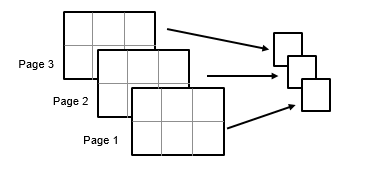skewness
Skewness
Syntax
Description
y = skewness(X)X.
If
Xis a vector, thenskewness(X)returns a scalar value that is the skewness of the elements inX.If
Xis a matrix, thenskewness(X)returns a row vector containing the sample skewness of each column inX.If
Xis a multidimensional array, thenskewness(X)operates along the first nonsingleton dimension ofX.
y = skewness(X,flag)flag = 0) or not
(flag = 1, the default). When X
represents a sample from a population, the skewness of X is
biased, meaning it tends to differ from the population skewness by a systematic
amount based on the sample size. You can set flag to
0 to correct for this systematic bias.
y = skewness(X,flag,vecdim)vecdim. For example, if X is a 2-by-3-by-4
array, then skewness(X,1,[1 2]) returns a 1-by-1-by-4 array. Each
element of the output array is the biased skewness of the elements on the
corresponding page of X.
Examples
Input Arguments
Output Arguments
Algorithms
Skewness is a measure of the asymmetry of the data around the sample mean. If skewness is negative, the data spreads out more to the left of the mean than to the right. If skewness is positive, the data spreads out more to the right. The skewness of the normal distribution (or any perfectly symmetric distribution) is zero.
The skewness of a distribution is defined as
where µ is the mean of x, σ
is the standard deviation of x, and
E(t) represents the expected value of the
quantity t. The skewness function computes a
sample version of this population value.
When you set flag to 1, the skewness is biased,
and the following equation applies:
When you set flag to 0,
skewness corrects for the systematic bias, and the following
equation applies:
This bias-corrected equation requires that X
contain at least three elements.
Extended Capabilities
Version History
Introduced before R2006a
